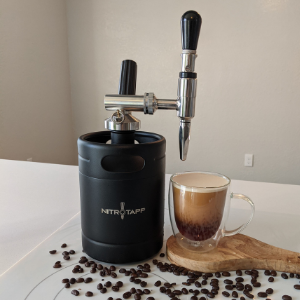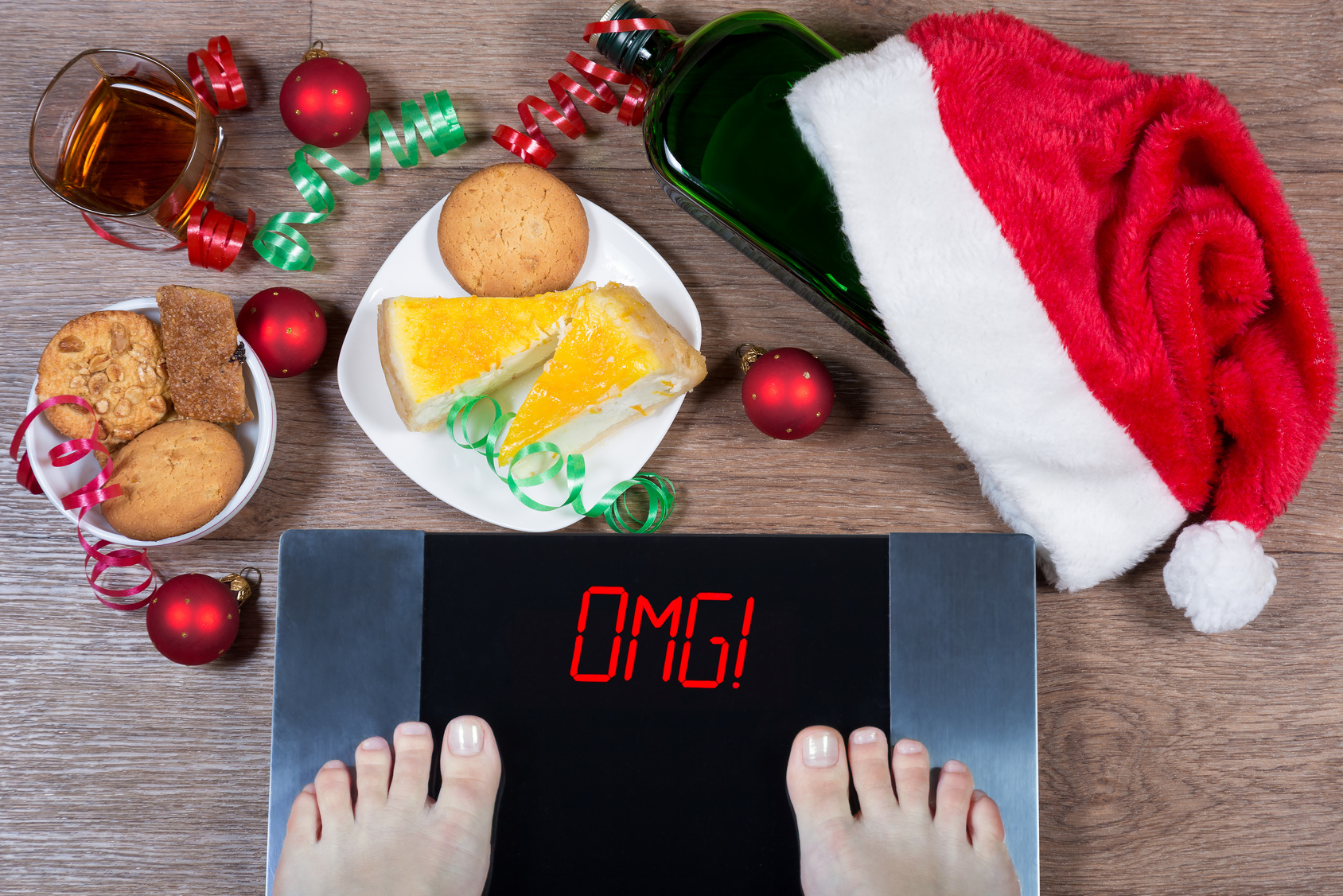
Swimming can be a great way of losing weight. Swimming is fun and can burn calories quickly. These are three great swim workouts to help you lose weight. One, two or all three of these swim workouts are possible. You could also combine the two. No matter which method you choose, you will see results. Here are some tips to get your feet started.
You can do more with less
When it comes to losing weight and exercising, a little bit goes a long way. One of the best ways to burn more calories is to increase the intensity of your workout by swimming faster. Swimming at a faster pace burns more calories than simple running. Swimming at a faster pace may allow you to swim for longer periods of time than jogging. Best of all, it's free! You don't even have to pay anything!

Accelerate your pace
Swimming faster is a great way to lose weight. The faster you swim, the more calories you'll burn. Interval training is a great way to improve your swimming speed. To start, do three laps fast and one slow. After each lap, rest for 30 seconds before starting the next. Continue this cycle for 60 minutes. You can increase the speed of your swimming or add a kick exercise as you get stronger.
Get out of your comfort zone
You don't have to be afraid about open water. Swimming is an aerobic form of exercise. You might as well get outside of your comfort zone and start swimming! Begin in shallow water. You can also ask a friend to help you. Slowly increase your distance and speed. You'll be amazed at the speed you can lose weight. Swimming is a great exercise for the entire body.
Healthy foods
Swimming is great for losing weight but it's important to eat healthy foods in order to maintain a strong swimming performance. Avoiding foods that can upset your stomach is not a good idea for swimming. It's important to choose healthy foods and to learn how to eat right for swimming. No matter your level of swimming ability, it's a good idea to eat for swimming. To reach your fitness or performance goals, it is important to have adequate calories and a good balance of macronutrients. Register for the ISSA nutritionist training program to learn how to eat right for swimming.

Plan your diet
It is important to plan your diet before you start swimming. You need to eat food that keeps you satisfied and gives you energy. A healthy diet should include vegetables, fruits, protein, grains, and other foods. In order to eat three to four meals daily, you should have snacks between workouts. After a swim, you should eat something with high-fiber content, such as fruit or cereal bars. Drinking plenty of water is essential to keep hydrated.
FAQ
Would cardio exercises make me lose weight fast?
Cardio exercises can be great for burning calories but not necessarily helping you lose weight. It all depends on how many calories you've stored and what type exercise you do.
Cardio exercises may not work if you are obese.
These should be combined with diet and other forms of exercise.
Cardio exercises, such as running or jogging, can help you lose weight quickly. These cardio exercises burn more calories than any other type of exercise.
You should train resistance to gain muscles, not fat. Resistance training can be done without the use of machines, weights, bands, elastic band, etc.
Combining cardio exercise with resistance training is a great way to lose weight quickly.
Combining cardio and resistance training is a great way to quickly lose weight.
How often are people quick?
A majority of ketogenic dieters fast one week. But, some people fast twice per week. Others fast three or more times per week.
Every fast is different. Some people fast 24 hours, while others fast 48 hours.
Some people can even travel for up to 72 hours. But these extreme cases are very rare.
Are there side effects to intermittent fasting
Intermittent fasting doesn't have any known side effect. But, it is possible to experience minor side effects if you plan poorly.
If you skip breakfast, for example, you may feel constantly irritable. Other symptoms include headaches, dizziness and fatigue as well as muscle cramps.
These symptoms often disappear within a few hours.
Can I eat the fruits of my intermittent fasting diet?
You can't go wrong with fruits. They are rich in vitamins, minerals and fiber. However, they also contain sugar which can cause blood glucose levels to spike. This can cause insulin resistance and weight gain. If you want to lose weight while following an IF diet, then make sure you choose low glycemic index fruits such as apples, pears, berries, melons, oranges, peaches, nectarines, plums, apricots, cherries, and kiwi.
What Amount Of Exercise Is Needed For Weight Loss?
There are many factors that impact the amount you exercise to lose weight. However, generally speaking, most people need at least 30 minutes of moderate physical activity five days per week.
The American College of Sports Medicine recommends 150 mins of moderate-intensity aerobic exercise per week spread over three consecutive days.
For example, if your goal is to lose 10lbs, aim for 300 minutes of moderately intense exercise per week. This includes activities like jogging or running, swimming laps and biking.
Consider doing 20 minutes of vigorous exercise thrice a week if you are just starting out. It could be sprinting, lifting weights, jumping rope or fast walking.
Aerobic exercise helps to build muscle mass and burn calories. Muscle burns more calories per calorie than fat. You may be able to achieve your goal quicker by building muscle and losing fat.
Statistics
- According to Harvard Health, it's estimated that a 155-pound (70-kg) person burns roughly 112 calories per 30 minutes of weight training (5). (healthline.com)
- According to a study sponsored by the American Council on Exercise, a person weighing around 140 pounds (64 kg) would burn 108 calories at a 30-minute beginner's Pilates class or 168 calories at an advanced class of the same duration (26). (healthline.com)
- According to Harvard Health, it's estimated that a 155-pound (70-kg) person burns around 167 calories per 30 minutes of walking at a moderate pace of 4 mph (6.4 km/h) (5). (healthline.com)
- Another study found that 24 weeks of weight training led to a 9% increase in metabolic rate among men, which equated to burning approximately 140 more calories per day. (healthline.com)
External Links
How To
How to Intermittent Fasting
Intermittent eating is a way to lose weight that you only have one day of the week. It's usually Monday through Thursday. This is a way to cut down on calories while still getting enough nutrition. This will allow you to burn fat more quickly than eating regular meals throughout the week.
The most common form IF is to reduce calories on specific days. This would mean that you skip breakfast each morning, and then eat whatever food you like throughout the day. You could also choose three small meals instead of two large meals per day.
There are many different forms of intermittent fasting, including alternate day fasting, 5/2 fasts, 8/4 fasts, 16/8 fasts, etc. There are pros and con's to every type of intermittent fasting. Because you don't need to make major lifestyle changes, alternate day fasting can be the easiest way to get started. However, some people find it difficult to stick to a strict schedule like this, so they might prefer to try other methods first.
If you are interested in starting an intermittent fasting regime, I recommend beginning with alternate-dayfasting. This will allow your lifestyle to be gradually altered while you transition into more extreme fasting.